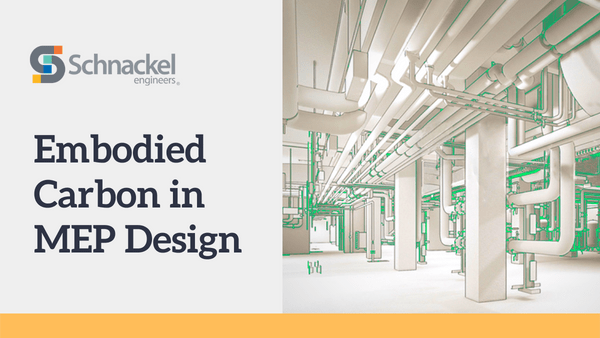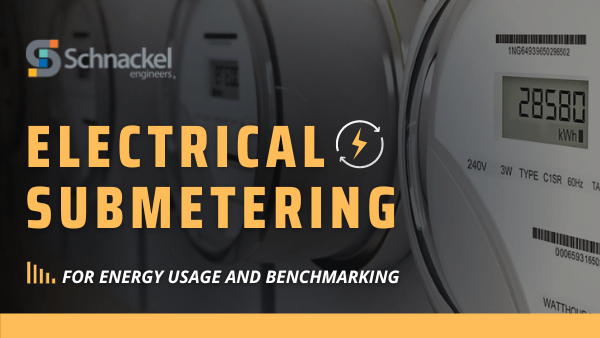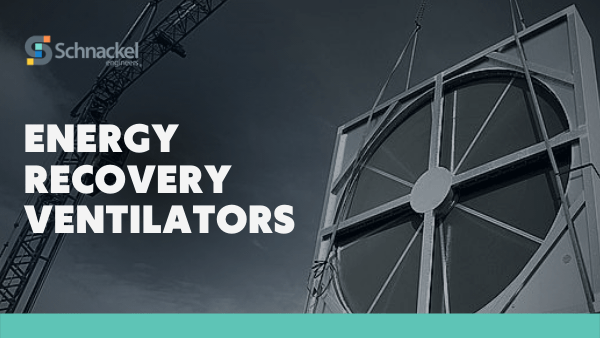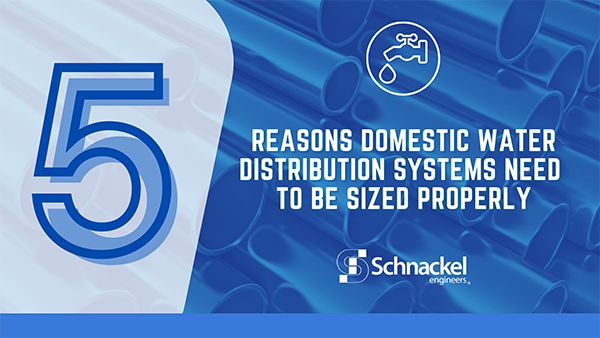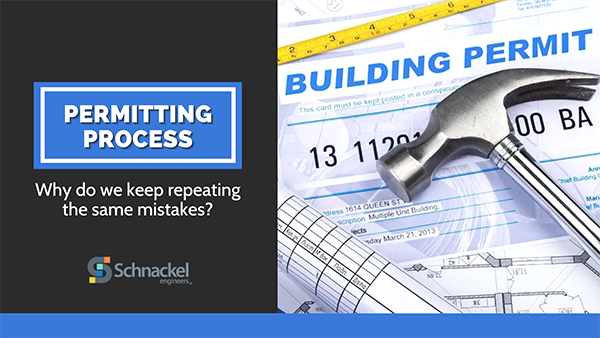As we covered in our recent blog, Overview of 2022 Title 24, Part 6 Changes, the California Energy Code is implementing numerous changes on January 1, 2023. One of the biggest is a requirement for the installation of PV Systems and Battery Storage on new non-residential projects. Here, we’ll go over the basic details of… Read More
What is Variable Refrigerant Flow (VRF)?
Variable Refrigerant Flow (VRF) is an HVAC technology that has been around for decades globally and is becoming more popular in the US market with ever tightening energy codes. But what is Variable Refrigerant Flow? Simply put, it is a way to efficiently distribute the cooling and heating from a single outdoor unit to multiple… Read More
Embodied Carbon in MEP Design
Building design has come a long way in recent years, with increasing attention to energy efficiency and operational carbon issues. However, many architects and engineers still don’t consider the amount of greenhouse gases their designs will produce during construction. This is a mistake, as even small changes in design can significantly impact emissions, both during… Read More
Embodied Carbon 101
When most people think about climate change, the first things that come to mind are the gases like carbon dioxide and sulfur dioxide that are produced from combustion, either in engines or building heating systems. But what about the carbon that’s a result of the actual construction of those engines and buildings? That carbon is… Read More
Electrical Submetering
Electrical Submetering for Energy Usage & Benchmarking Once reserved for, nearly exclusively, allocating energy cost to individual occupants of multi-occupant buildings, electrical submetering has seen a dramatic increase in use and applications in recent years. While energy cost allocation is still a widespread use of electrical submetering, developments in electrical submetering technology have resulted in… Read More
How Heat Pumps Can Help Reduce Building Emissions
Many companies looking to lower their carbon emissions and energy expenditures are turning to heat pumps as a cost-effective alternative for water heating, heating and cooling a busy workplace. Heat pumps can provide efficient domestic hot water, heating, and air conditioning in residential properties, office buildings, clinics, hotels, and educational institutions. Heat pumps are extremely efficient… Read More
Building Energy Modeling
An important balance to negotiate in any building project, is ongoing performance versus initial cost. Will a particular design feature have a significant impact on building performance? Does the impact of that design feature justify the initial costs? What return on investment, or buyback period is expected for the building owners? These decisions are more… Read More
Overview of 2022 Title 24, Part 6 Changes
A new version of California’s Title 24, Part 6 Building Energy Code is approved. While titled the 2022 code, it has an implementation date of January 1, 2023. All projects going for permit on, or after this date are required to comply with this new version of the code. While all energy codes are moving… Read More
Energy Recovery Ventilators (ERVs)
In today’s energy-conscious world, businesses are constantly seeking ways to reduce their environmental impact and operating costs. Energy recovery ventilators (ERVs) offer a compelling solution to both of these challenges. This blog post delves into the intricacies of ERVs, exploring their benefits and considerations for commercial building owners. Whether you’re seeking to enhance your building’s… Read More
5 Reasons Domestic Water Distribution Systems Need To Be Sized Properly
Potable, domestic water distribution systems are critical to health, life, and building infrastructures. These systems distribute from the utility provider all the way down to individual tenant’s fixtures in buildings and everything in between. If the distribution systems are improperly sized, they can cause significant problems for your building operations. The following are five reasons… Read More
5 Ways Building Owners Can Reduce Water Usage in Commercial and Residential Buildings
Conserving our precious natural resources is becoming ever more important in building design and construction. Water is one of those natural resources that has been becoming more scarce over time, particularly in arid regions. As an engineer, it is our responsibility to design the building systems to reduce the amount of water usage and advise… Read More
Why You Should Hire a Collaborative Commissioning Team
Did you know that Whole Building Commissioning including Building Envelope Commissioning can substantially increase the efficiency and performance of your building? It is a process that many organizations overlook; however it can make a huge difference in the overall quality of your property. If you are not sure why commissioning is so important, or if… Read More
The Advantages of Pre-Bid Clash Resolution
Clash Resolution is a critical, but often overlooked step in the construction planning process. When clashes arise during construction, they can significantly delay a project and drive up costs dramatically. They also pit the design professionals against the contractors in a struggle to determine who is at fault. Building Information Modeling (BIM) can help identify… Read More
Permitting Process: Why do we keep repeating the same mistakes?
In the construction world today there are literally tens of thousands of pages of codes and standards applicable to almost any construction project, large or small. Design professionals do everything in their power to prepare designs that meet all of the requirements of the national, state and local codes and standards; however, it is simply not… Read More
10 Essential Tips that make a Field Survey a success
Field surveys are incredibly important in the fast-paced world of construction, where even the tiniest details count. This blog takes a closer look at the key factors that truly make field surveys effective. Here, we present ten crucial insights shared by our experienced field surveyors. Think of these insights as your guiding principles, helping you… Read More


